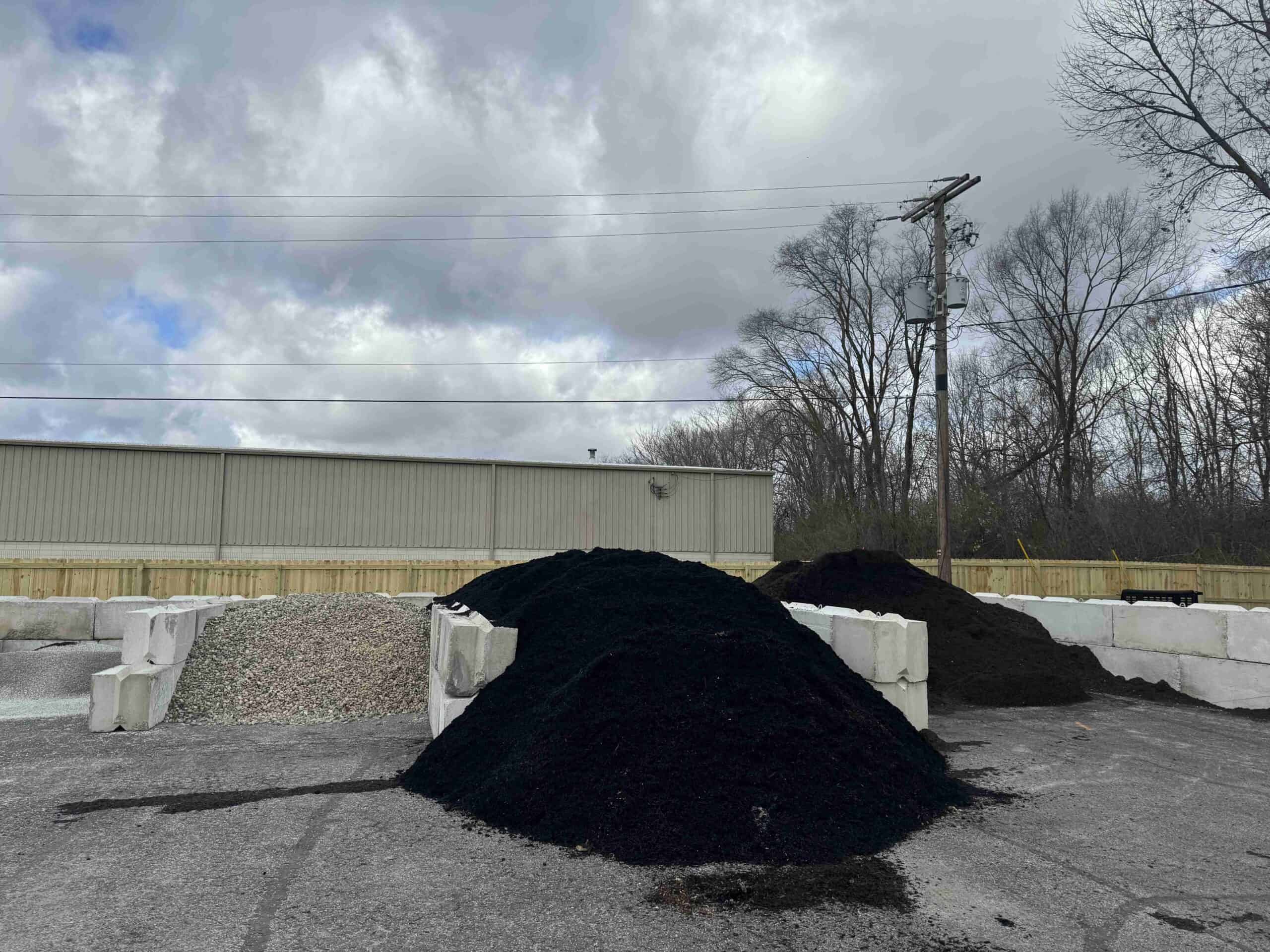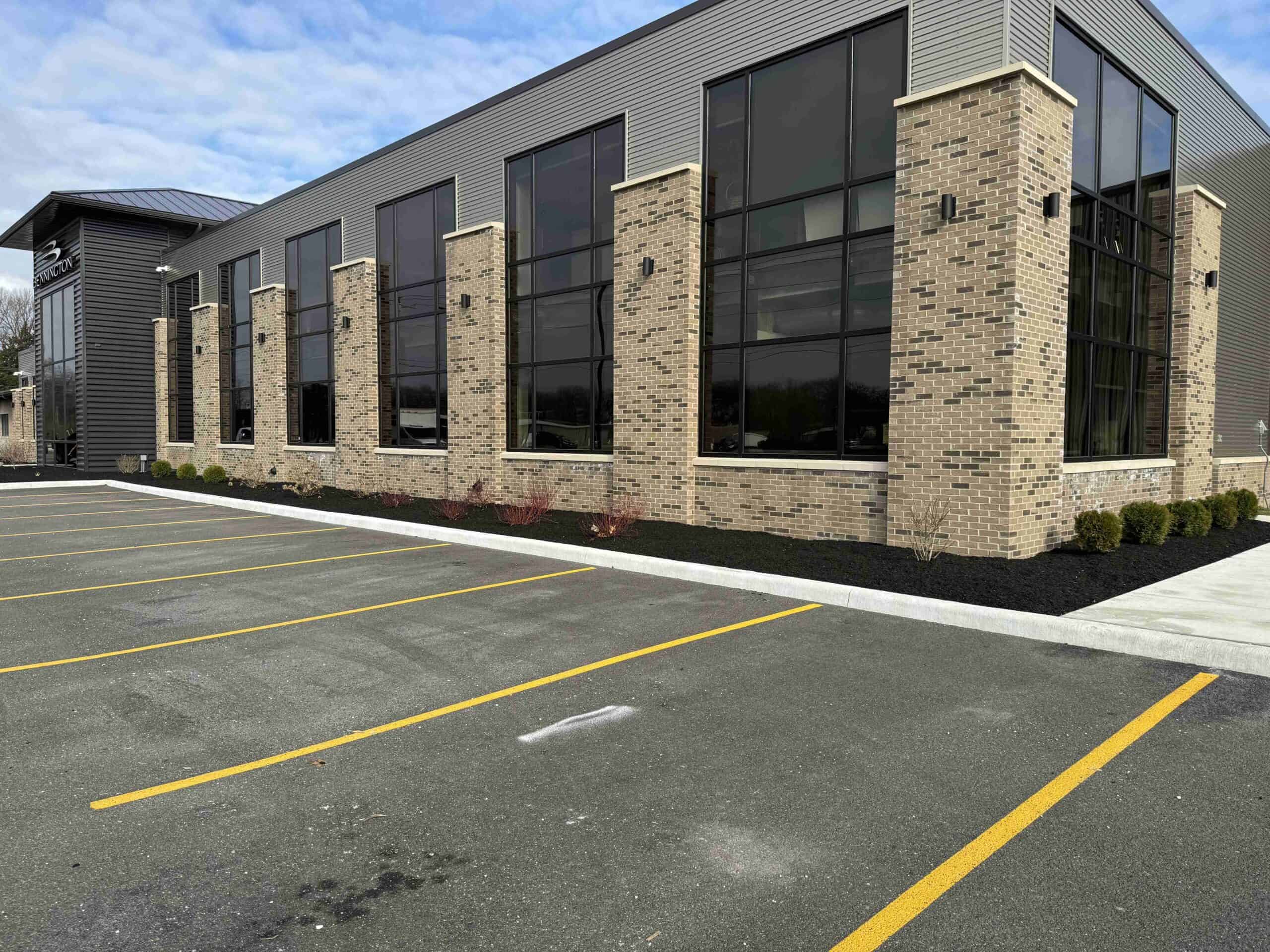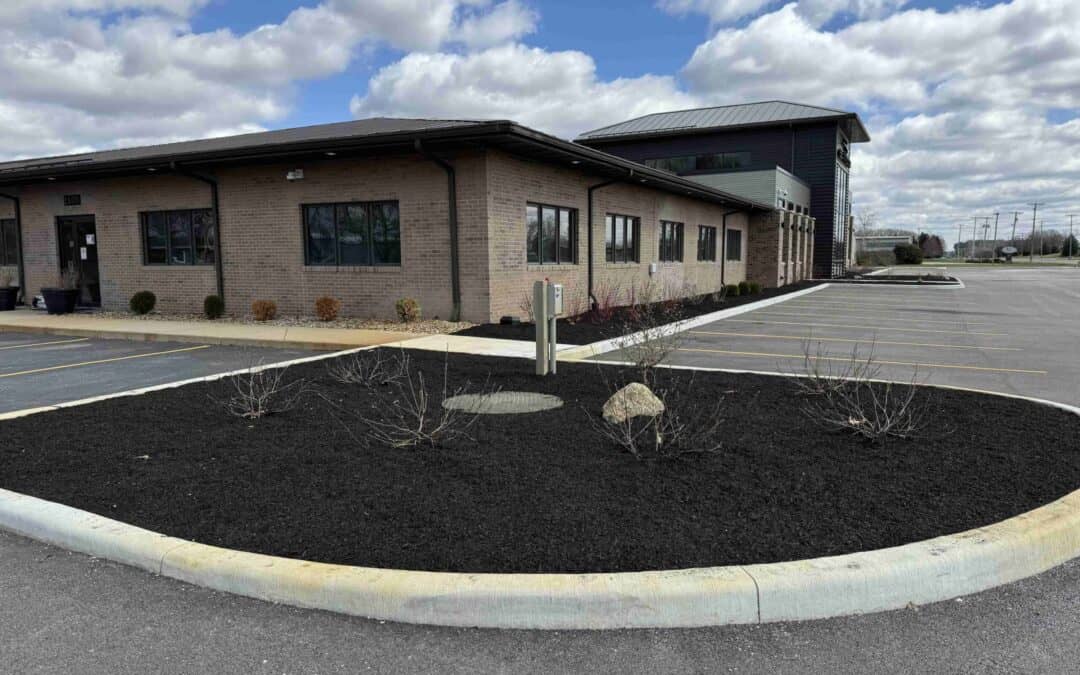One often-overlooked superhero silently works to conserve water and promote healthy plant growth on your lawn. It's mulching, and it's essential.
Mulching creates a protective barrier over the soil and provides multiple benefits beyond aesthetics. Among its many virtues, its ability to conserve moisture and reduce water usage is one of the most significant.
Whether organic or inorganic, mulch can make landscaping look terrific, cut maintenance costs, and create comfortable outdoor living spaces. Let's check out the mechanisms behind how mulching works and explore practical ways to leverage its superpower for sustainable landscapes.

The Science Behind Professional Mulching Services
At its core, mulching is a shield that protects soil from the harsh elements of sun, wind, and evaporation. It forms a barrier between the dirt and the atmosphere, helping to minimize moisture loss and create a more stable and hospitable environment for plants. Mulching is also a natural insulator that helps regulate soil temperatures and reduces water loss through runoff. That means less watering and more flourishing. Organic mulches, such as wood chips, straw, or compost, decompose over time, enriching the soil with organic matter. As these materials break down, they create a sponge-like structure within the soil and can more effectively absorb and retain moisture. FACT: Natural decomposition benefits plant health by providing a steady supply of water and nutrients while enhancing soil fertility and structure over time.Practical Mulching Applications for Water Conservation
Applying mulch to your landscape is a straightforward yet powerful strategy for water conservation. However, it begins by selecting the right type of mulch for your needs and preferences. Organic mulches are ideal for moisture retention and soil improvement, while inorganic options like gravel or rubber mulch offer long-lasting weed control and erosion prevention. Apply your chosen mulch material generously around plants, trees, and garden beds. Ensure a layer is several inches thick, but prevent mulch volcanoes. Also, be mindful not to place mulch directly against plant stems or tree trunks because it can promote root rot and lawn disease. Instead, leave a small gap around plants to allow for air circulation and prevent moisture buildup. Then, regularly replenish and maintain the top layer to maximize its effectiveness year-round. Organic materials will decompose and require replacement, but inorganic materials only need occasional raking or topping up to maintain their appearance and functionality.


